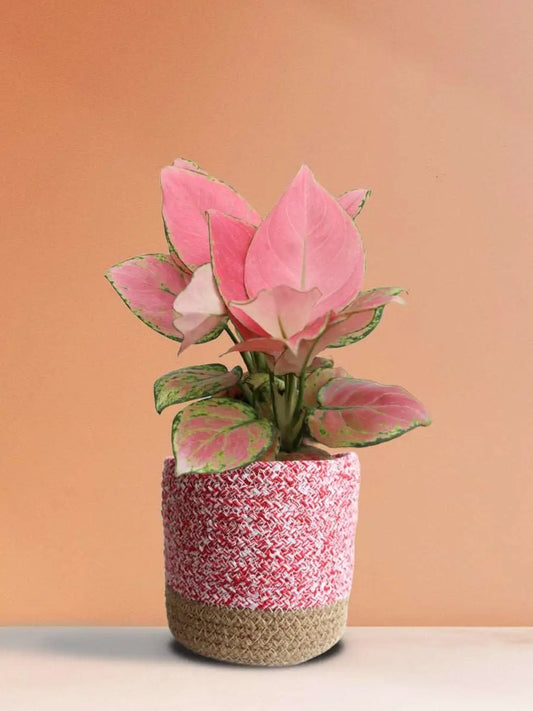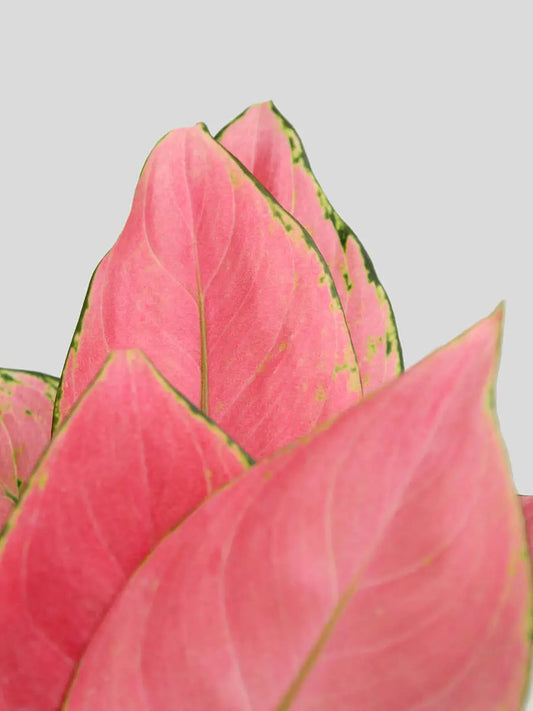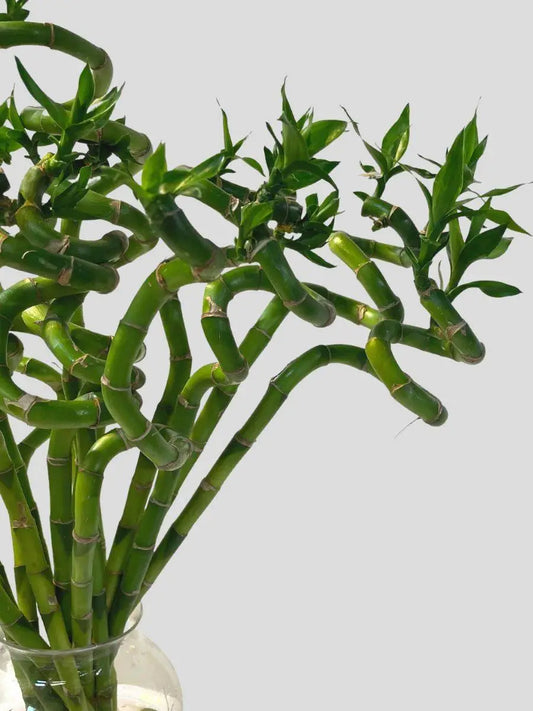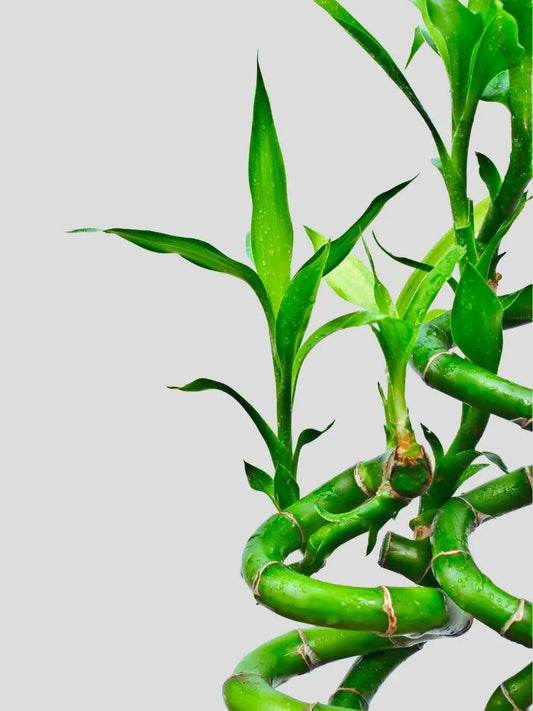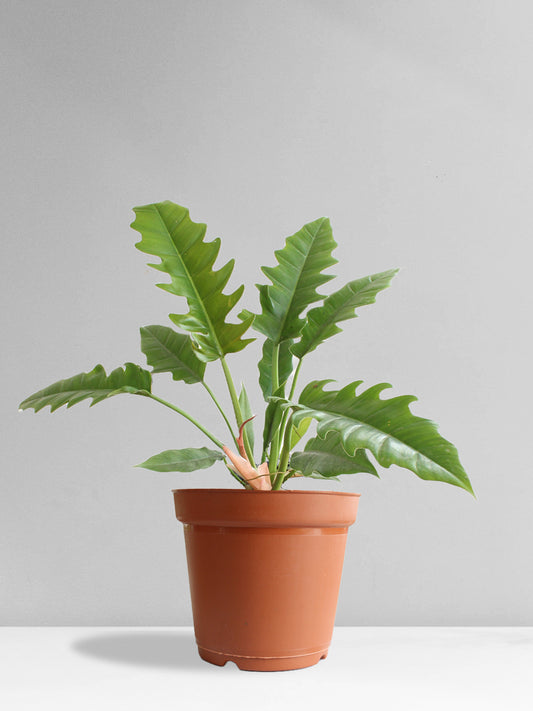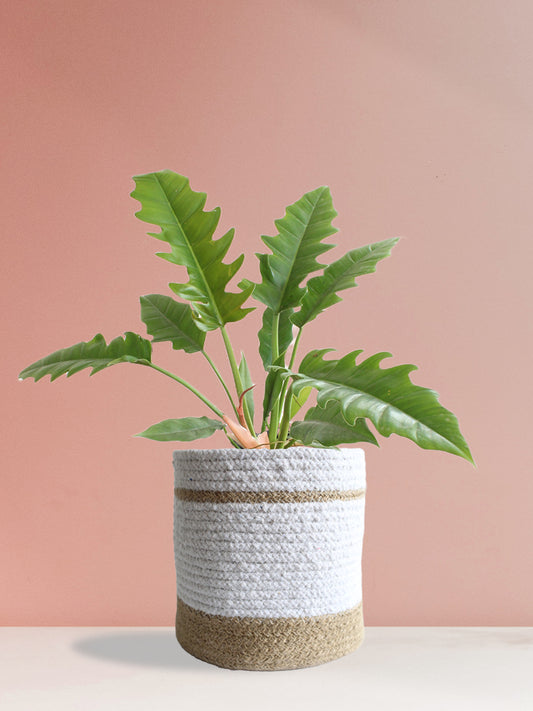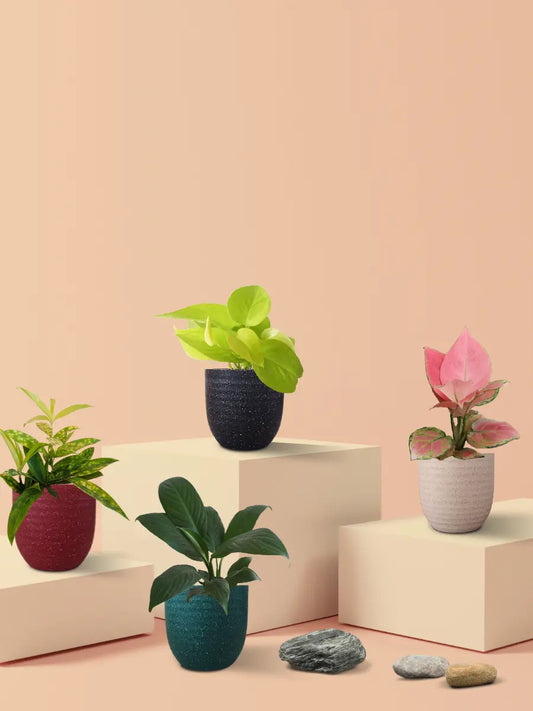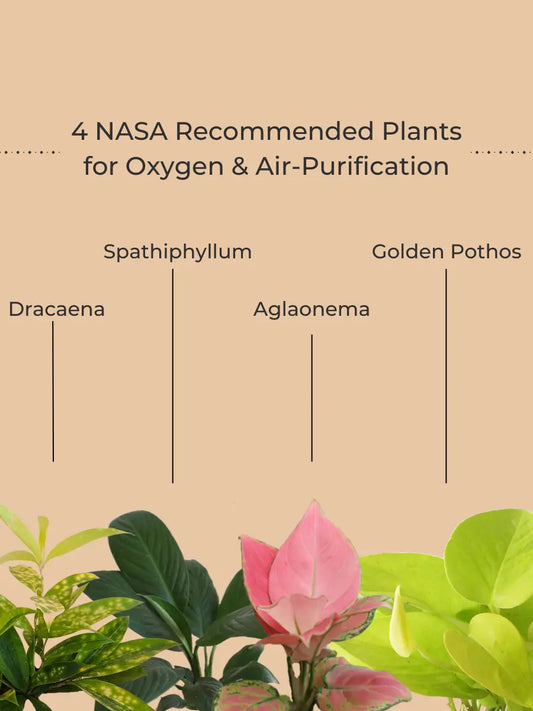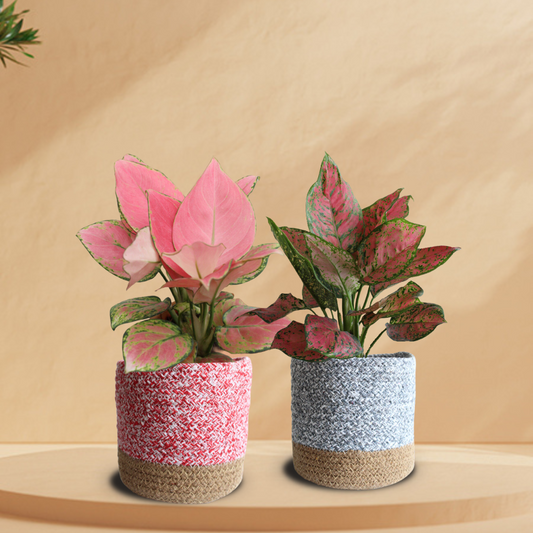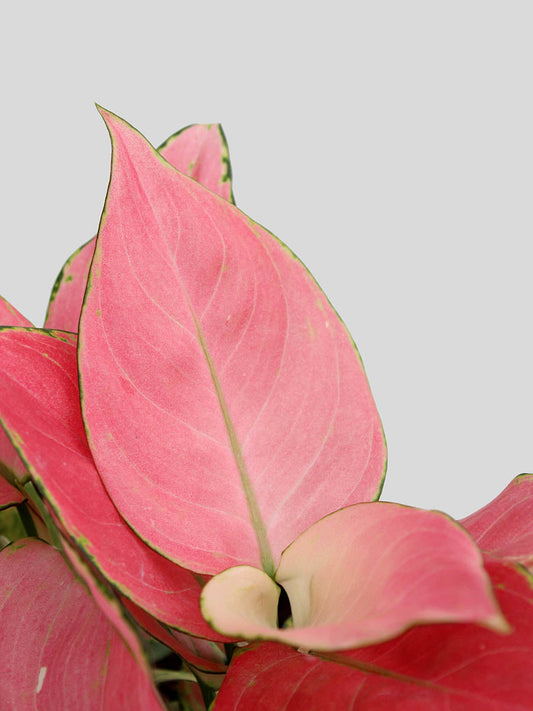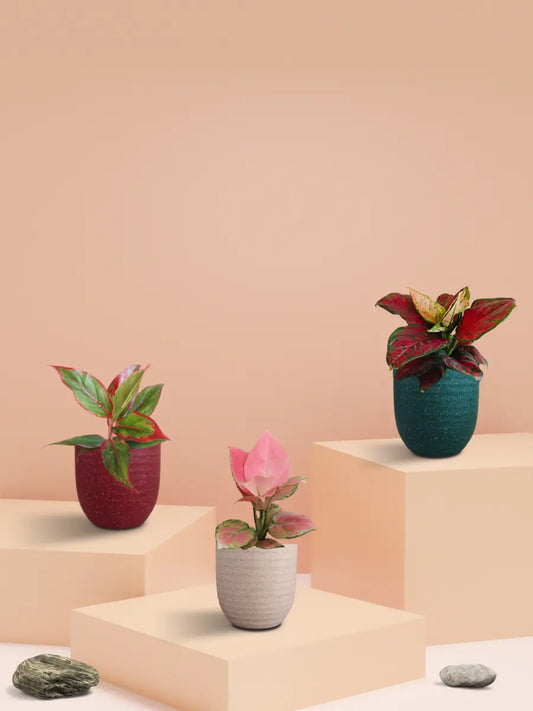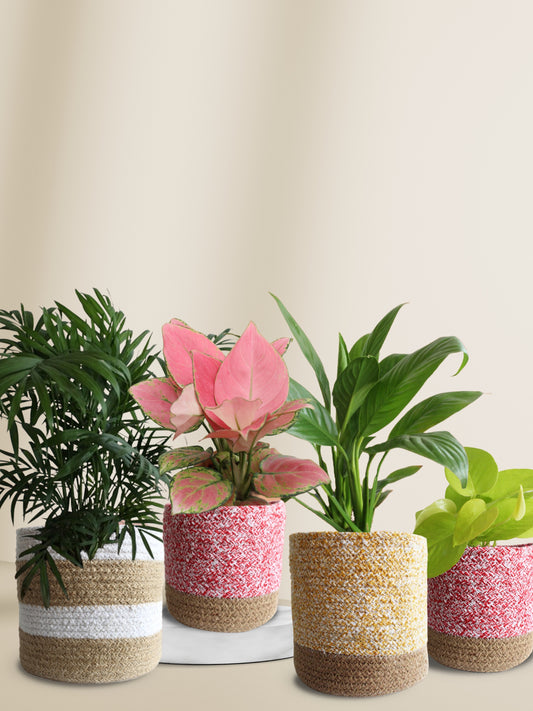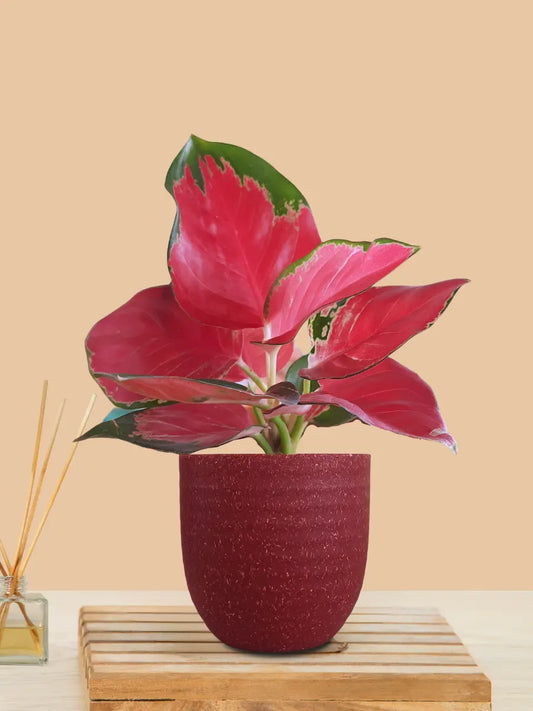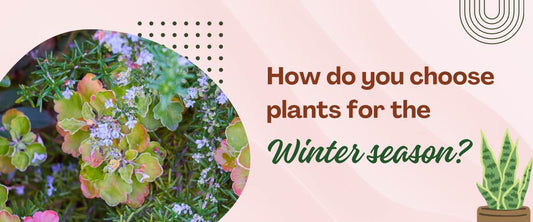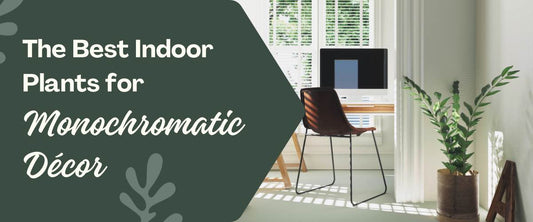The Advantages & Disadvantages of Using Ceramic Pots For Plants
Imagine walking through a beautiful yard where each plant seems to have its own story to tell. Now think about the plant pots that hold these living works of art. Among the many available options, ceramic pots stand out as works of art, adding sophistication to your green oasis. However, are these aesthetically appealing pots as functional as they are elegant?
Let's explore the advantages & disadvantages of using ceramic pots for your beloved plants.
What is Ceramic Pots?

Ceramic pots, which are often made from clay & then fired at high temperatures, have been loved for centuries as vessels that not only care for plants but also add to the atmosphere of a room. Their intricate designs & different textures make them a popular choice for both plant lovers (gardeners) & people who decorate their homes.
[product=aglaonema-pink-anjamani-small]
Buy our best selling, plant in pink ceramic pot. It instantly adds a vibrant and eye-catching element to your workspace while demanding the most minimal of attention.
[/product]
What are the advantages of ceramic plant pots?
The advantages of ceramic pots include:

Aesthetic Appeal:
Ceramic pots have an aesthetic allure, promptly enhancing the visual attractiveness of plants & their surrounding environment. They are a beautiful addition to any room or outdoor area.
Permeability to air:
Clay particles' complex structure makes ceramic pots permeable to air. During the fire process, clay particles fuse together, creating microscopic spaces or holes in the structure. The presence of these holes facilitates the circulation of air inside the walls of the pot, hence promoting aeration that gives advantages to the root system of the plant. These holes allow water to escape when it evaporates from the soil & flows towards the surface of the pot, avoiding waterlogging & promoting stronger roots.
Insulation:
Clay undergoes molecular modifications throughout the fire process that turn it into ceramic. The use of heat induces chemical processes in clay minerals, resulting in the formation of a material that exhibits enhanced stability & reduced reactivity. The aforementioned process imparts the characteristic thermal insulation abilities to ceramic pots.
Ceramic pots reduce the effects of temperature swings on plants by acting as a buffer between the soil & the air. This may prove to be particularly advantageous in instances of severe weather conditions.
Stability:
Ceramic pots are heavy because heated clay is thick. This weight is good for plants with top-heavy growth because it makes the plant more stable. Since the pot is so heavy, it will resist the plant's weight & keep the plant from toppling over.
UV-resistant:
The beauty of ceramic pots will not diminish with time, even after years in direct sunlight. Ceramic pots are fired at high temperatures, which causes the clay particles to undergo chemical changes & vitrify—or convert into a condition resembling glass. The aforementioned procedure leads to the intrinsic ability of ceramics to withstand the harmful effects of ultraviolet (UV) radiation. Unlike plastics that deteriorate in the sun, ceramic pots remain sturdy & attractive.
Also Check This: 11+ Tips & Ideas to Decorate Your Home with Agalenoma 2023
What are the disadvantages of ceramic plant pots?

The disadvantages of ceramic pots include:
Weight:
Ceramic pots are heavy, which is good for stability but may be a problem when you need to move them about a lot. They can be difficult to transport, particularly when filled with soil.
Porosity:
Although breathability helps avoid root rot, the porosity of ceramic pots may accelerate water evaporation. This may provide a disadvantage in regions with dry temperatures or when cultivating plants that need a continually wet soil environment. More frequent watering is required because of the capillary action of the clay, which sucks water away from the soil.
Fragility:
Ceramic pots' crystalline structure, which is created during fire, is what gives them their delicate quality. The strength & susceptibility to breakage of the pot is determined by the cooling process. Rapid cooling down may cause thermal shock fractures.
How long a pot lasts is directly linked to how well it was fired. Also, incorrect handling or an accidental falling of this pot might cause it to chip, shatter, or break.
Cost:
Ceramic pots are often more expensive than pots made of other materials due to their superior craftsmanship & aesthetic appeal, which might not be affordable for everyone.
Spotting:
Ceramic pots are susceptible to water & fertilizer stains as well as mineral deposits over time. Regular cleaning is often important in order to preserve the perfect look of this pot surface.
Also Check This: Best Positive Energy Plants for Home & Office
Conclusion
The correct pot or planter is simply one thread in plant motherhood, but a vital one. Ceramic pots provide beauty & appeal to your botanical collection, but you should carefully weigh their benefits & drawbacks. No matter if you like them for their classic beauty or because they are more useful than other materials, your plants will do best in the pot that fits them best.
FAQs
Q1. Should you use ceramic pots?
Ans. How you feel about using ceramic pots, what your plants need, & where you want to put them all influence your decision.
Q2. Are ceramic pots better than plastic?
Ans. Ceramic pots have specific benefits in aesthetics, permeability, & stability, whereas plastic pots are lighter, less expensive, & simpler to handle.
Q3. Are ceramic pots waterproof?
Ans. Ceramic pots are permeable, thus they are not completely watertight. Overwatering can cause water to leak through the pot, so it's best to use a saucer or a plastic cover.
Q4.Are ceramic pots healthier?
Ans. Roots thrive in the aeration & insulation that ceramic pots give. However, because of their porous nature, they may need more frequent watering.
Q5.Do ceramic pots last longer?
Ans. With the right maintenance, ceramic pots may survive for decades, but their brittle nature makes them more prone to breaking than other materials.


